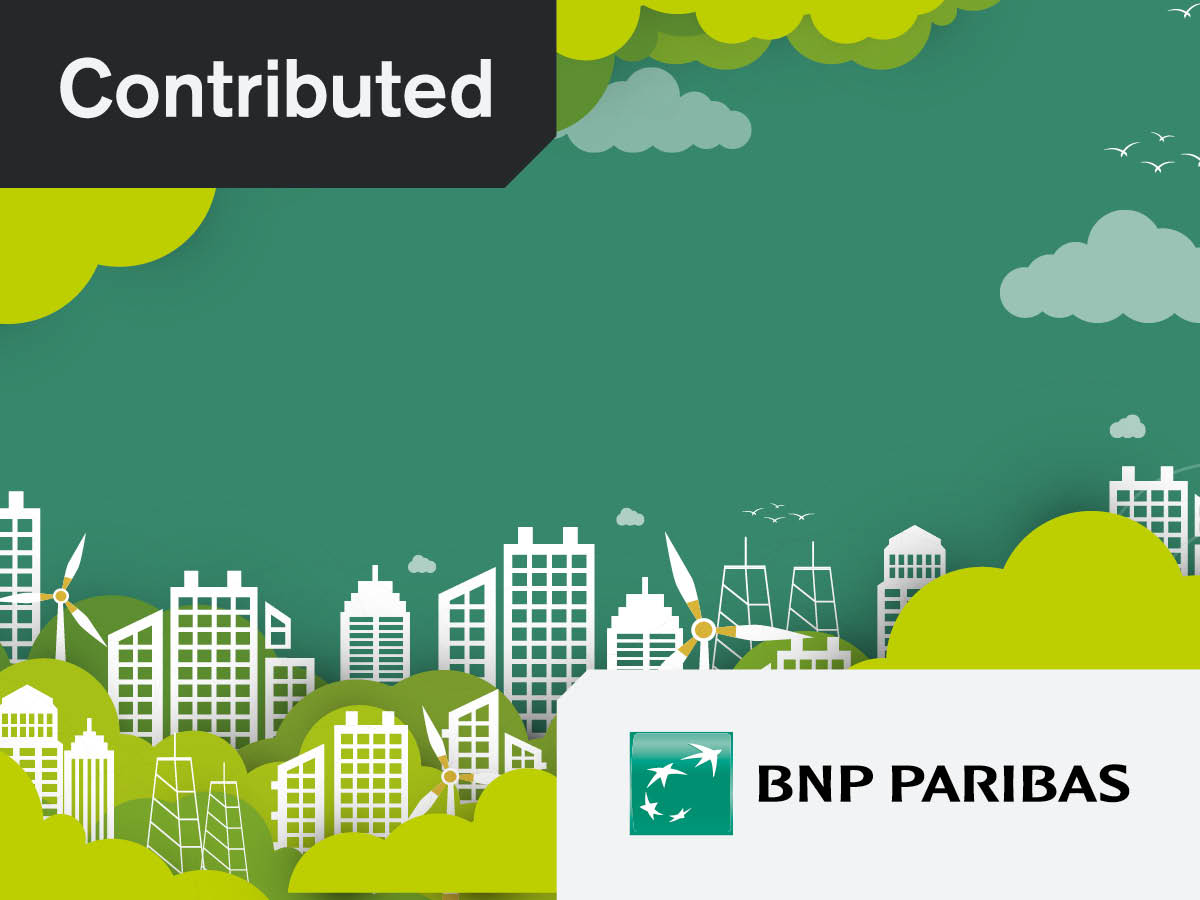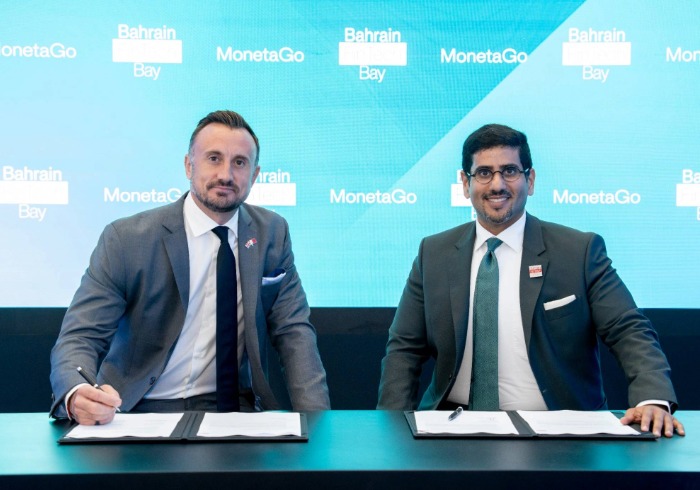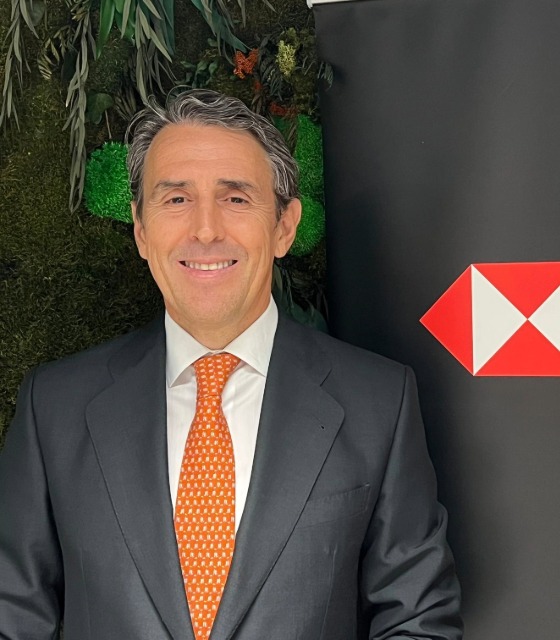A new report from BNP Paribas underscores the importance of transaction banking in advancing sustainability across industries. In this interview, Philippe Noirot, the bank’s head of transaction banking, Asia Pacific, shares his views on the challenges of ESG adoption, innovative financing solutions, and BNP Paribas’ commitment to driving sustainable transformation across Asia’s value chains.
GTR: Could you share some key insights from the survey that the bank conducted and the report, ‘Bridging ecosystems and value chains’, particularly regarding challenges Asian corporates face in ESG adoption and their approaches to overcoming these?
Noirot: The report highlights four challenges that align closely with what we’ve consistently observed through years of research and analysis.
First, complex regulations are a major hurdle. Unlike Europe, where EU-wide and national regulations co-exist, the absence of a unified regulatory framework in Asia and an increased number of sustainable and transition finance taxonomies and policies around mandatory ESG and climate information disclosure makes compliance more diverse and fragmented.
Second, there’s generally an absence of a clear implementation strategy among corporates. While awareness of ESG challenges has grown compared to 10 to 15 years ago, translating this into actionable strategies remains difficult.
Taking the setting up of clear ESG targets as an example, one-third of survey respondents say their companies either don’t have ESG targets or they do not know if their companies have them. Companies struggle to define board-level objectives and cascade these into operational KPIs for business units or leadership roles like the CEO, CFO or treasurer.
Third is the limited availability of data and metrics, which complicates measuring progress. I think that’s something most companies struggle with. Defining goals is one thing; quantifying them is another. For instance, measuring and calculating CO2 emissions – especially scope 3 emissions – is extremely challenging, as it’s often beyond a company’s control.
Finally, insufficient financial resources also slow progress. Companies face challenges in funding the development and tracking of KPIs and, more critically, in providing incentives to encourage environmentally friendly practices within their operations and across their supply chains.
To help overcome these challenges, corporates increasingly engage in dialogue with industry peers to share best practices through industry groups, chambers of commerce and private networks. Similarly, conversations with regulators and banks have intensified, particularly at the CEO, CFO and treasurer levels, focusing on how financial institutions can support ESG efforts.
From the banking perspective, our assessment of a client’s sustainability journey has become a critical factor in evaluating partnerships and the solutions and advisory we would provide; more so than it was just a few years ago. Beyond creditworthiness, we now consider ESG objectives and ambitions as a key determinant of long-term compatibility, reflecting the importance of sustainability in client relationships.
GTR: The report highlights that companies increasingly rely on their banking partners for ESG guidance. How is BNP Paribas supporting clients in meeting regulatory and strategic needs as they align their global trade practices with decarbonisation and social inclusion goals?
Noirot: Over the past decade, I would say our role in ESG finance has evolved quite a lot, particularly in terms of advisory. In the past, banks primarily focused on evaluating whether financial instruments like green or social bonds met specific criteria. Now, we’ve shifted to offering broader advisory services that address a company’s overall ESG goals and trajectory.
For large companies, our annual credit committee processes now include detailed ESG assessments – comprehensive reviews of 50 to 60 pages based on annual reports and financial statements. These evaluations help us understand a company’s standing in its ESG journey.
According to our client’s maturity profile, we offer advisory, for example, to help them establish targets or sustainability frameworks. This is particularly relevant where corporates need expertise to review their transition trajectory or to validate the credibility of their sustainability claims. These targets or frameworks can then be linked to traditional trade finance instruments, such as a letter of credit (LC) or guarantee that can help to save costs and demonstrate sustainability leadership to customers or investors.
Importantly, we also share feedback with clients, providing insights into how they compare with industry peers and highlighting best practices at both board and operational levels.
GTR: The report describes various sustainable transaction banking solutions. Which of these has shown the most promise for advancing sustainability goals?
Noirot: Many of our efforts focus on addressing scope 3 emissions, which cover the entire value chain and often far exceed scope 1 and 2 emissions. Trade finance, by its nature, intersects deeply with supply chains, so we’ve concentrated on sustainable supply chain finance.
This involves working with clients and their suppliers – often SMEs without the resources to measure or manage their carbon footprints. Collaborating with partners like CDP and EcoVadis, we help create transparency in supply chains and establish frameworks for sustainability.
We provide financial incentives to encourage progress, creating benefits for all parties: suppliers gain support for sustainable practices, clients advance their ESG goals, and we strengthen our role as partners in sustainable trade finance.
Our collaboration with multilateral banks and agencies to advance climate action and human rights is also a source of innovation. For example, we pilot innovative blended finance projects to support the deployment of clean energy and energy-efficient technologies within the complex and fragmented supply chains of our large MNC clients.
GTR: When it comes to opportunities in Asia, how is BNP Paribas helping to address the substantial financing gap in the region’s energy transition?
Noirot: The report shows a few sectors where sustainability plays an important role, including renewable energy, EVs, energy storage, agritech, sustainable agriculture and waste management. Across these industries, we engage clients in meaningful conversations, both within transaction banking and in our export and project finance operations.
For example, in sustainable agriculture, we help clients, such as those in the chocolate industry, support small cacao growers who lack the financial means to measure and reduce their carbon footprints. In renewable energy, we’re involved in wind, solar, hydro, nuclear and emerging areas like green hydrogen and carbon capture and storage (CCS). Projects range from offshore wind in Taiwan to CCS facilities utilising depleted gas fields.
While a lot of these projects typically involve long-term financing, transaction banking plays a vital supporting role by providing products like LCs, standby LCs, sustainable deposits and structured trade finance products. These tools are instrumental in supporting the execution of green projects via medium to long-term guarantees and capex trade-related financing. They help sponsors and their equipment manufacturers mitigate project and financial risks across multiple projects worldwide.
GTR: As greenwashing remains a risk, what measures does BNP Paribas take to ensure transparency and accuracy in ESG reporting for clients?
Noirot: As a bank with a sizeable balance sheet, we know what we finance. However, refining assessments to determine whether our financing qualifies as transition or sustainable finance requires ongoing, detailed effort. For example, NGOs, as one of the stakeholder groups we engage, provide valuable insights for us alongside the broader community of regulators, clients and investors that help us stay aligned on ESG expectations and our commitments and continuously improve.
Our commitment to sustainability extends to our own operations. We aim to reduce fossil fuel financing by 80% by 2028 while increasing support for renewable energy and low-carbon sectors. Regular audits and external certifications of our ESG policies and guidelines ensure we meet our targets. Every client’s ESG trajectory is reassessed at least annually, integrating CSR and ESG considerations alongside traditional credit evaluations.
To maintain our leadership in ESG, we conduct biannual interviews with hundreds of top clients globally. Feedback consistently highlights our deep commitment. Unlike some banks that have faced scrutiny and withdrawn mislabelled products, we ensure sustainability-linked transactions withstand rigorous certification, credit committee reviews and policy standards.
We also prioritise staff training and education through comprehensive ESG training programmes, to ensure sustainability principles are embedded into our daily operations. It’s not just about rubber stamping – it’s something that becomes ingrained in the DNA of our teams.








